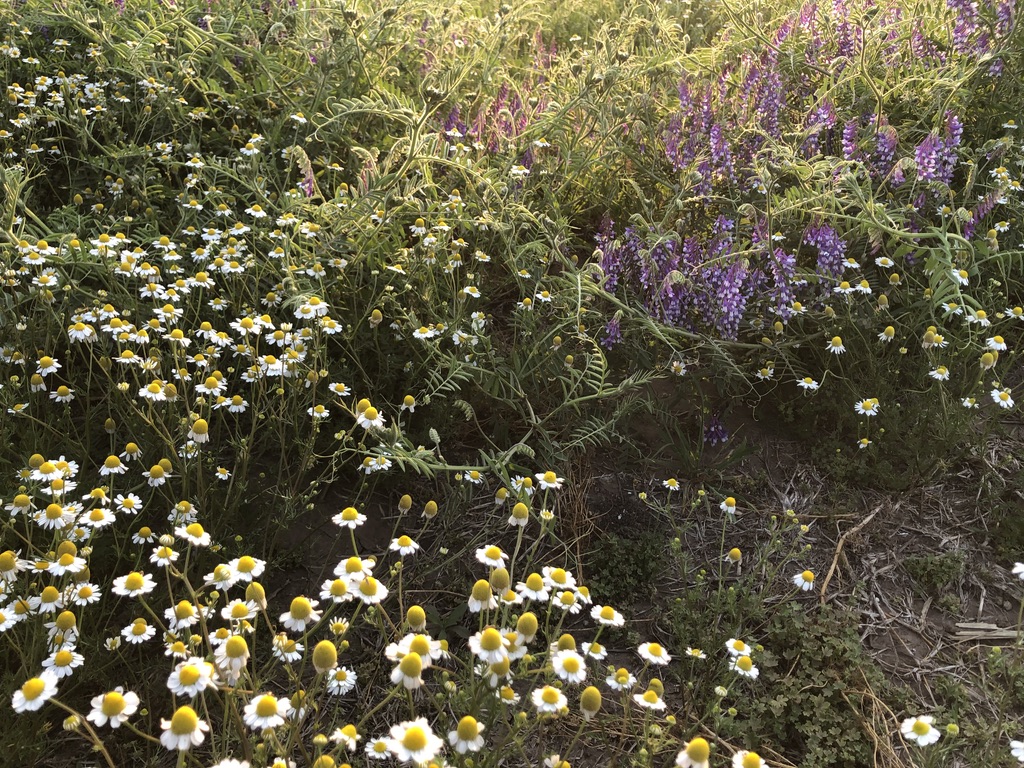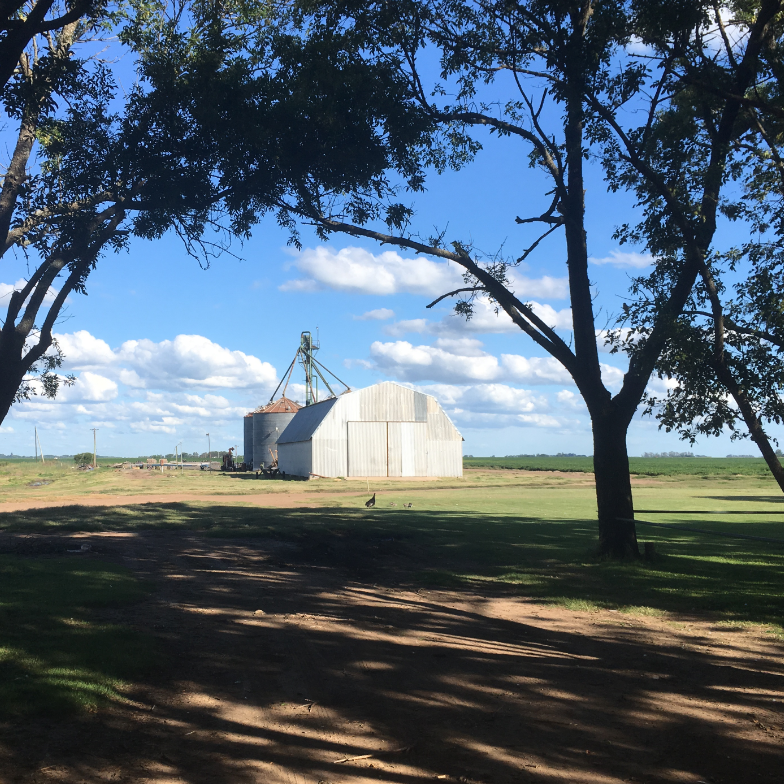Regenerative Approach at La Delia Verde
The Importance of Complexity. We Learn and Take From Diversity, the Concept of Nature.
At La Delia Verde we want to revitalize our farmland. We are managing the farm through working with nature and not against it.
Our operating model follows the concept of Regenerative Agriculture – a biological model based on the principles of ecology. It rehabilitates the ecosystem and enhances natural resources rather than depleting them. Thanks to this process, atmospheric carbon dioxide gets drawn down and stored underground. This helps to restore soil health, to mitigate the impact of the climate crisis and to contribute to food security and quality.

We Are Focusing on Soil Health!
Healthy Soils, Healthy Food,
Healthy Lives
Targeting this, we are integrating agroecological practices which are interlinked and support soil life by maximizing biomass production.

Regenerative Agriculture focuses on the following outcomes
Increase in levels of soil organic matter (humus buildup)
Reduced soil erosion and land degradation
Plant and animal health and welfare
Nutrient density and food security
Better water quality
Augmented soil carbon stocks
Mitigation of greenhouse gas emissions
Improved farm profitability whilst maintaining yields
Fostering of biodiversity and boosting of ecosystem services
Don’t Feed the Plant,
Feed the Soil!
At La Delia Verde, we do believe that we need to regenerate the soil to grow healthy crops for healthy people! We are implementing regenerative agricultural practices and are introducing holistic grazing management to complete a well-balanced natural cycle. This approach is accomplished through fair working conditions for everyone we work with, up to and including animal welfare.
Soil, Plant & Food Quality
What Are We Farming For?
Farming Practices
Working With Nature
Complexity
Biodiversity
Soil Health
High Level of Soil Carbon
Intense Biological Activity
Plant Immunity
Drought and Heat Resistance
Lower Susceptibility to Pest and Disease
Food Quality
Flavour
Lower Agrochemical Residues
Longer Shelf Life
Human Health
Nutrient Density
Food as Medicine
We are following the principles of Regenerative Agriculture to recreate the natural cycle. The interlinked farming elements enhance the natural development of a healthy ecosystem and are implemented by precision farming methods to measure and manage the farmland.
The soil is composed of mineral particles, organic matter, water and air. The soil structure evolves through increasing organic matter while developing better bearing capacities at the same time.
In order to enhance soil life, we are reducing the use of synthetic pesticides from season to season and have already discarded a list of agrochemicals used in the farm. Also, we are alternating plantings of multispecies cover crops and regular grain commodity crops and following the concept of “living roots all year round”. The biomass is left and returned to the ground through rolling over cover crops. This prevents erosion and helps to feed and nurture soil (microbial) life. Additionally, we are avoiding soil tillage by any forms thanks to the application of direct seeding. The cycle is going to be complemented through integrated grazing management. After sowing the first 70 hectares pasture in May 2021, the new year began with the arrival of cattle in January 2022. Since 2023 we are managing approximately 500 heads.
We are following the principles of Regenerative Agriculture to recreate the natural cycle. The interlinked farming elements enhance the natural development of a healthy ecosystem and are implemented by precision farming methods to measure and manage the farmland.
The soil is composed of mineral particles, organic matter, water and air. The soil structure evolves through increasing organic matter while developing better bearing capacities at the same time.

In order to enhance soil life, we are reducing the use of synthetic pesticides from season to season and have already discarded a list of agrochemicals used in the farm. Also, we are alternating plantings of multispecies cover crops and regular grain commodity crops and following the concept of “living roots all year round”. The biomass is left and returned to the ground through rolling over cover crops. This prevents erosion and helps to feed and nurture soil (microbial) life. Additionally, we are avoiding soil tillage by any forms thanks to the application of direct seeding. The cycle is going to be complemented through integrated grazing management. After sowing the first 70 hectares pasture in May 2021, the new year began with the arrival of cattle in January 2022.
Building Soil Means
Building Life!
Overall system complexity makes soil life thrive. Organisms such as bacteria, fungi or earthworms participate actively in creating organic matter in the soil. This material is essential for resilient agriculture because it helps retain water and nutrients for the plants.
Biodiversity below and above the ground also helps to return carbon and nutrients back into the soil. It is the primary driver of soil carbon sequestration and has many more farm and ecosystem benefits:
Carbon Storage
Besides bundling regenerative practices, Regenerative Agriculture contributes significantly to store carbon in the soil and therefore is part of the climate solution. How does that work? Plants absorb carbon dioxide (CO2) through photosynthesis. During this process, the plants form carbohydrates and produce sugars that partially feed soil microbial life. When plant matter decomposes, the living organisms of the soil transform them into organic matter and humus through microorganism and mineral associations, thus sequestering carbon in a long-term stable form.
Regenerative Farming systems reduce emissions of CO2, nitrous oxide and methane and their sequestration goes beyond reduction, but focuses on the removal of CO2 from the atmosphere.
Soil Carbon Solution
Carbon Sequestration
How It Works
Photosynthesis
During photosynthesis, plants convert carbon dioxide (a gas) into sugar (carbohydrate molecules).
Nutrient Exchange
This plant-derived carbon enters the soil in the form of litter or root exudates. Soil microorganisms (fungi and bacteria) live in association with plant roots and decompose these organic compounds. During the decomposition, nutrients (nitrogen, phosphorus, sulfur, etc.) are released to support plant growth.
Capturing Carbon
Microbial necromass (dead microbial biomass) can be stored in organo-mineral associations or microaggregates. This physically protected stable carbon is mostly of microbial origin.
Restoring Balance
Increasing the number of microorganisms in the soil helps bring carbon levels back into balance, which leads to healthier soil, healthier food, and a healthier planet.
Based on information provided in “Regenerative Agriculture and the Soil Carbon Solution”, Rodale Institute
Organic
Nitrogen Sources
The carbon cycle does not cycle alone. It is combined with nitrogen circulation. Nitrogen is an essential nutrient and is linked to the carbon storage capacity of that system. As an organic source, nitrogen supports the soil composition. However, when added through a synthetic – artificial – source, it influences the development of bacteria that convert ammonia into nitrate, which is easily lost through evaporation or soil leaching.
Fungi
Amongst organisms in the soil ecosystem are fungi and mycorrhizae, which are symbiotic associations between fungi and the roots of plants. They thrive through plant abundance, plant diversity and organic fertility sources. There are two groups of beneficial fungi in the soil: saprotrophic and mycorrhizal fungi. The higher the fungal / bacteria ratio, the better the carbon use efficiency.
Mycorrhizal fungi live in symbiosis with 90 % of all plants and they are particularly important for soil carbon sequestration. They receive a significant amount of below ground carbon as their only energy source and – in return – they provide up to 80 % of a plant’s nitrogen and phosphorus. They literally act as natural fertilizer providers to the plants. They also help in periods of drought through their mediation of physical structure and water holding capacity.
